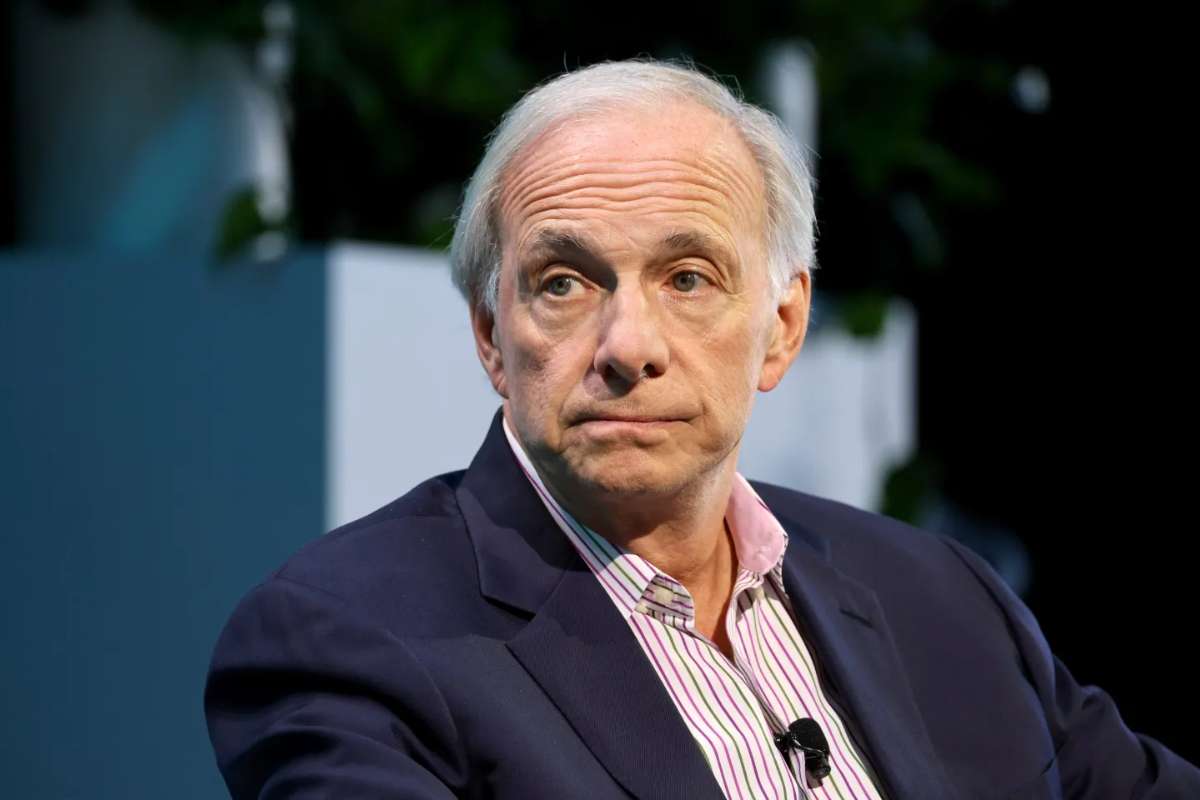In the digital age, having a solid social media strategy is vital for businesses aiming to connect with their audience effectively. One of the most effective tools to streamline social media efforts is developing a social media calendar. This strategic approach not only ensures consistent content delivery but also enhances engagement with your audience. In this article, we’ll explore the importance of developing a social media calendar, the steps involved in creating one, and best practices to optimize its effectiveness.
Why You Need a Social Media Calendar?
Developing a social media calendar serves several essential functions. Firstly, it helps in organizing content across various platforms, ensuring that posts align with your marketing goals and seasonal events. When you take the time to plan your content, it becomes easier to maintain a consistent brand voice and message.
Secondly, a well-structured calendar allows you to track performance metrics effectively. By scheduling posts in advance, you can analyze what types of content resonate with your audience and make necessary adjustments to improve engagement. Ultimately, developing a social media calendar provides a roadmap for your marketing efforts, leading to better results and a stronger online presence.
Steps to Develop a Social Media Calendar
1. Define Your Goals
The first step in developing a social media calendar is to establish clear objectives. Ask yourself what you want to achieve through your social media efforts. Are you looking to increase brand awareness, generate leads, or drive website traffic? Having defined goals will guide the content you create and the platforms you focus on.
2. Know Your Audience
Understanding your audience is crucial when developing a social media calendar. Research demographics, preferences, and behaviors to create content that resonates with them. Tailor your messaging based on what your audience finds engaging, whether it’s educational, entertaining, or inspirational.
3. Choose Your Platforms

Not all social media platforms are created equal, and your target audience may not be active on every one of them. When developing a social media calendar, identify which platforms are most relevant to your audience. Focus on those channels where you can maximize your impact, whether it’s Facebook, Instagram, Twitter, LinkedIn, or others.
4. Brainstorm Content Ideas
Once you know your goals and audience, it’s time to brainstorm content ideas. This is a creative process that should involve a mix of different content types—such as blog posts, videos, infographics, and user-generated content. Aim for a variety of topics that align with your goals while also keeping your audience engaged.
5. Create a Content Schedule
Developing a social media calendar requires a detailed content schedule. Decide how often you want to post on each platform. Consistency is key, so determine a frequency that you can realistically maintain. A good starting point might be three to five posts per week per platform.
6. Use Tools to Organize Your Calendar
Several tools can help you organize and manage your social media calendar effectively. Platforms like Trello, Hootsuite, or Google Sheets can assist in tracking content ideas, scheduling posts, and monitoring performance. Choose a tool that best fits your workflow and enhances collaboration if you have a team.
7. Monitor and Adjust
After implementing your social media calendar, it’s essential to monitor its performance continually. Use analytics tools to track engagement rates, reach, and conversions. Regularly review your content’s performance to see what’s working and what isn’t. Be prepared to adjust your calendar based on these insights, ensuring that you remain flexible in your approach.
Best Practices for Developing a Social Media Calendar

1. Plan Ahead
While spontaneity can sometimes lead to engaging content, having a plan is vital. Developing a social media calendar that outlines content for at least a month (or ideally, a quarter) allows you to think strategically about your campaigns. Planning ahead also helps in anticipating holidays, events, and product launches, allowing you to create timely and relevant content.
2. Incorporate Visuals
Visual content tends to perform better on social media. When developing a social media calendar, make it a point to include images, videos, and graphics that complement your written content. High-quality visuals can significantly enhance engagement and shareability.
3. Leverage User-Generated Content
Encouraging your audience to create content related to your brand can be incredibly effective. When developing a social media calendar, consider incorporating user-generated content into your schedule. This not only fosters community engagement but also provides authentic content that resonates with potential customers.
4. Stay On Trend

Social media is a fast-paced environment where trends can change quickly. When developing a social media calendar, keep an eye on current events, popular hashtags, and emerging trends relevant to your industry. This will help ensure that your content remains timely and engaging.
5. Review Regularly
Finally, remember that developing a social media calendar is not a one-time task. Regularly review and update your calendar to reflect changing goals, audience preferences, and industry trends. This adaptability will keep your social media efforts relevant and effective over time.
Conclusion
In conclusion, developing a social media calendar is an essential component of any successful social media strategy. By defining your goals, understanding your audience, and planning your content meticulously, you can create a structured approach that enhances engagement and drives results. Following best practices and remaining flexible in your strategy will ensure that your social media efforts are always on point. As you implement your calendar, remember that the key to success lies in consistently delivering valuable content that resonates with your audience. Start developing your social media calendar today to elevate your online presence and achieve your marketing goals
Found this article valuable? Explore more insights in our Visionary CIOs.


















